Picture this: You walk into your local pet store, brimming with excitement about your new four-legged family member. You’ve read all the training guides, watched countless YouTube videos, and you’re absolutely certain you’re ready for anything. Then reality hits like a freight train when your seemingly innocent puppy decides that your favorite shoes make excellent chew toys and your commands are merely suggestions. Some dog breeds seem to have earned their PhD in creative rebellion, turning even the most experienced trainers into humble students of canine psychology.
Training a dog should be a bonding experience filled with treats, praise, and those heartwarming moments when your pup finally masters “sit.” But for owners of certain breeds, training sessions can feel more like diplomatic negotiations with a furry dictator who speaks a different language entirely. These challenging breeds don’t lack intelligence – quite the opposite, actually. They’re often too smart for their own good, possessing an independent streak that would make teenagers jealous.
The Siberian Husky: The Escape Artist Extraordinaire
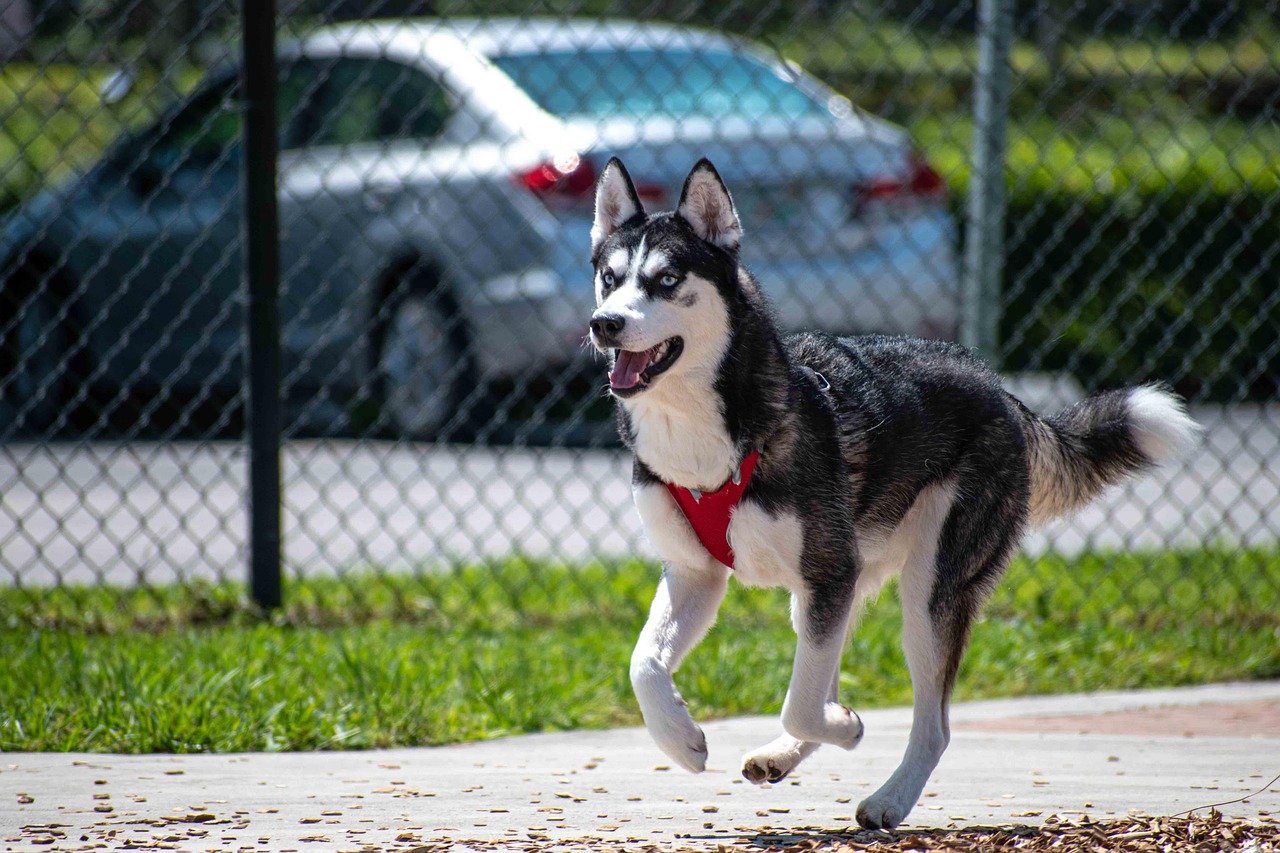
Although they’re one of the goofiest and loveliest dog breeds out there, huskies are an extremely energetic breed that need loads of exercise. They were originally bred to to run for miles on end in frozen tundra, and their souls are still born to run – for hours! These magnificent dogs with piercing blue eyes might look like gentle snow angels, but don’t be fooled by their stunning appearance.
They were bred to be independent, as this ensured a mushing group of huskies would ignore commands if the terrain was deemed unsafe. But all these years later, that independence means they have a stubborn streak when it comes to listening to commands. Your husky might look at you with those beautiful eyes as if to say, “I heard what you said, but I’ve got better ideas.” Training sessions often turn into battles of will where your husky’s determination to do things their way can outlast your patience.
The Shiba Inu: The Independent Thinker
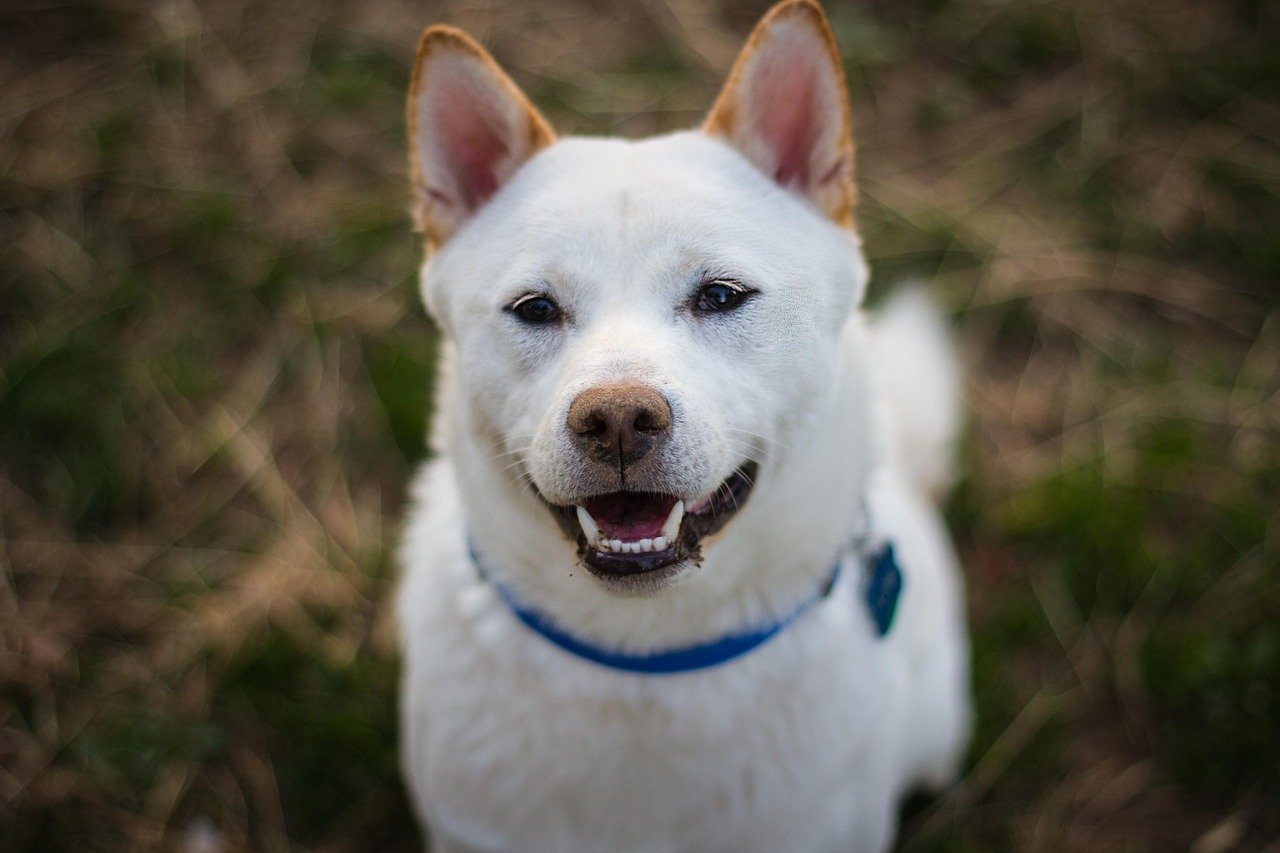
They characterized Shiba Inus as “one of the most difficult breeds to train”. These compact Japanese dogs might be small in stature, but their personalities are anything but tiny. Shiba Inus are also extremely strong-willed and stubborn. They will fight back if they feel threatened. Training a Shiba Inu is like negotiating with a diplomat who knows exactly what they want and isn’t afraid to hold out for the best deal.
A Shiba Inu will do what a Shiba Inu wants and not necessarily what his owner wants. He will follow the command that makes sense to him. These dogs have mastered the art of selective hearing, choosing when and how to respond to your commands based on their own mysterious criteria. Many owners discover that their Shiba operates on a “what’s in it for me” philosophy that would make any negotiator proud.
The Chow Chow: The Aloof Aristocrat
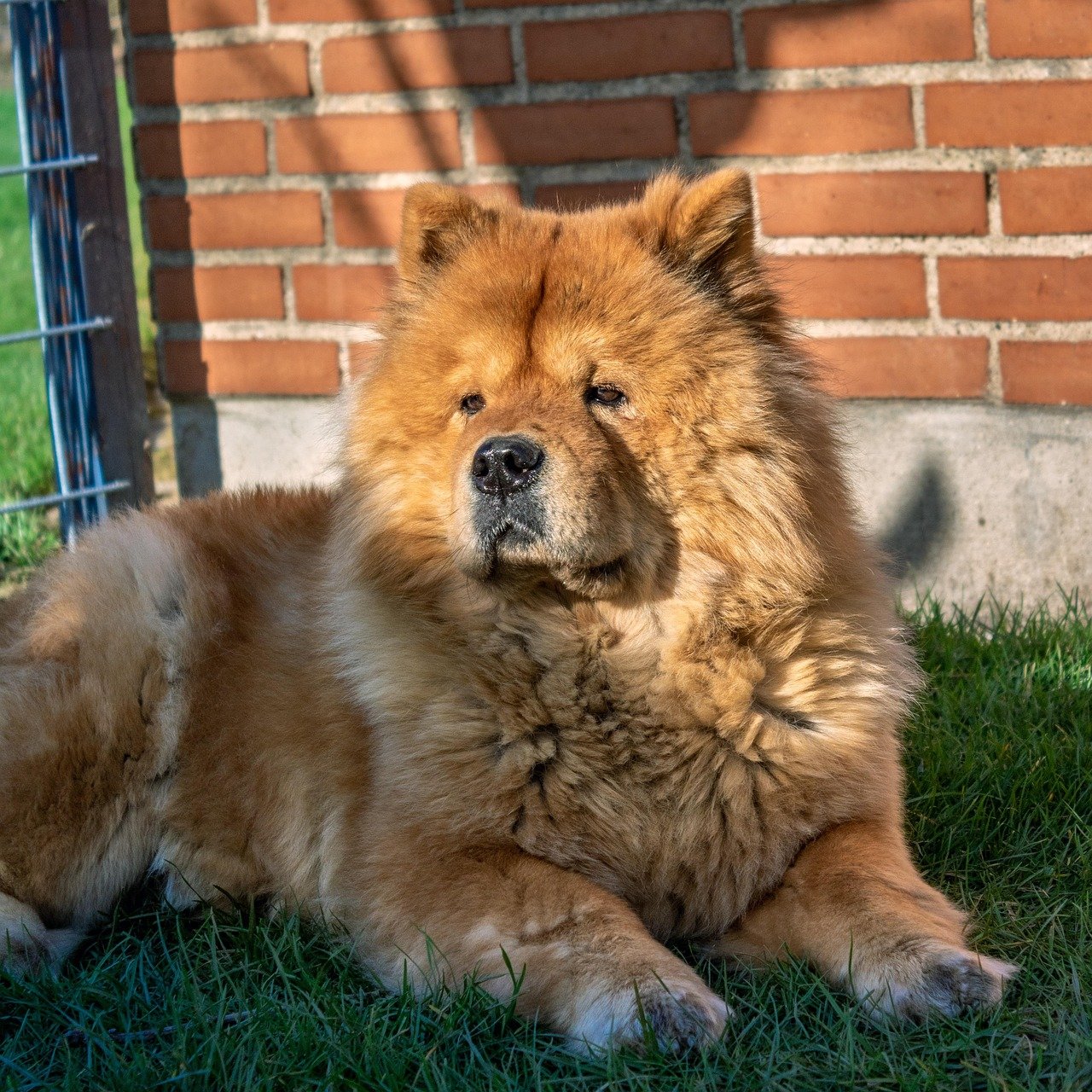
Their personalities can often lean toward that grumpy guy in your neighborhood who yells at kids for being too noisy outside, and steals any balls that land in his yard. Shar Peis just don’t have a forte for socializing with others outside their family. Wait, that’s actually about Shar Peis, but Chow Chows share similar temperamental challenges. Chow Chows are not just distinctive in appearance but also in personality. They tend to be aloof and very independent, which can make training a challenge.
These fluffy bears with their distinctive blue tongues seem to view training as beneath their dignity. Chow Chows are not naturally inclined to obedience. Instead, they’re independent thinkers who value autonomy. They approach training with the attitude of a monarch who’s being asked to perform party tricks for the entertainment of commoners. Patience and consistency are absolutely crucial, but even then, your Chow might decide that cooperation is optional.
The Afghan Hound: The Elegant Rebel
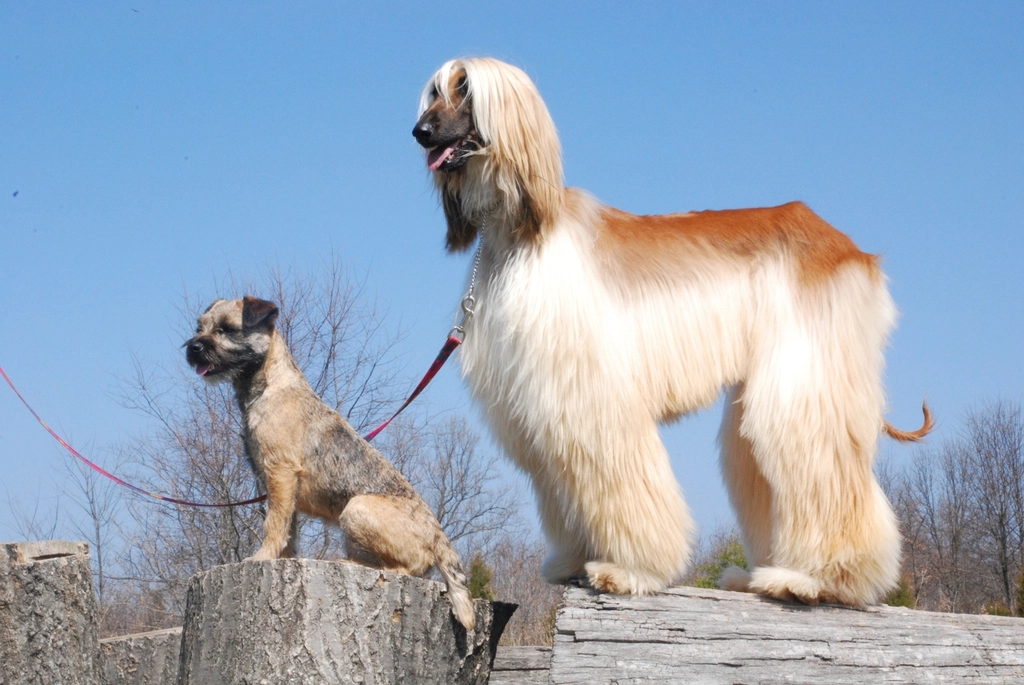
Known for their independent nature and aloof demeanor, Afghan Hounds can be a bit stubborn when it comes to training. Their strong hunting instincts and sensitivity to harsh handling require dedicated training and a gentle, reinforcement-based approach. These flowing-coated beauties move like poetry in motion, but their training approach requires the patience of a saint.
With its long, flowing coat, elegant limbs and regal beauty, the Afghan Hound is a striking animal. They’re highly intelligent, sensitive and (like many hounds) fiercely independent. AKC advises they’re a special breed for special people. Afghan Hounds seem to believe they’re too sophisticated for basic obedience. Their sensitivity means harsh training methods will backfire spectacularly, while their independence means they’ll evaluate each command to determine if it’s worth their time and effort.
The Basenji: The Barkless Challenge
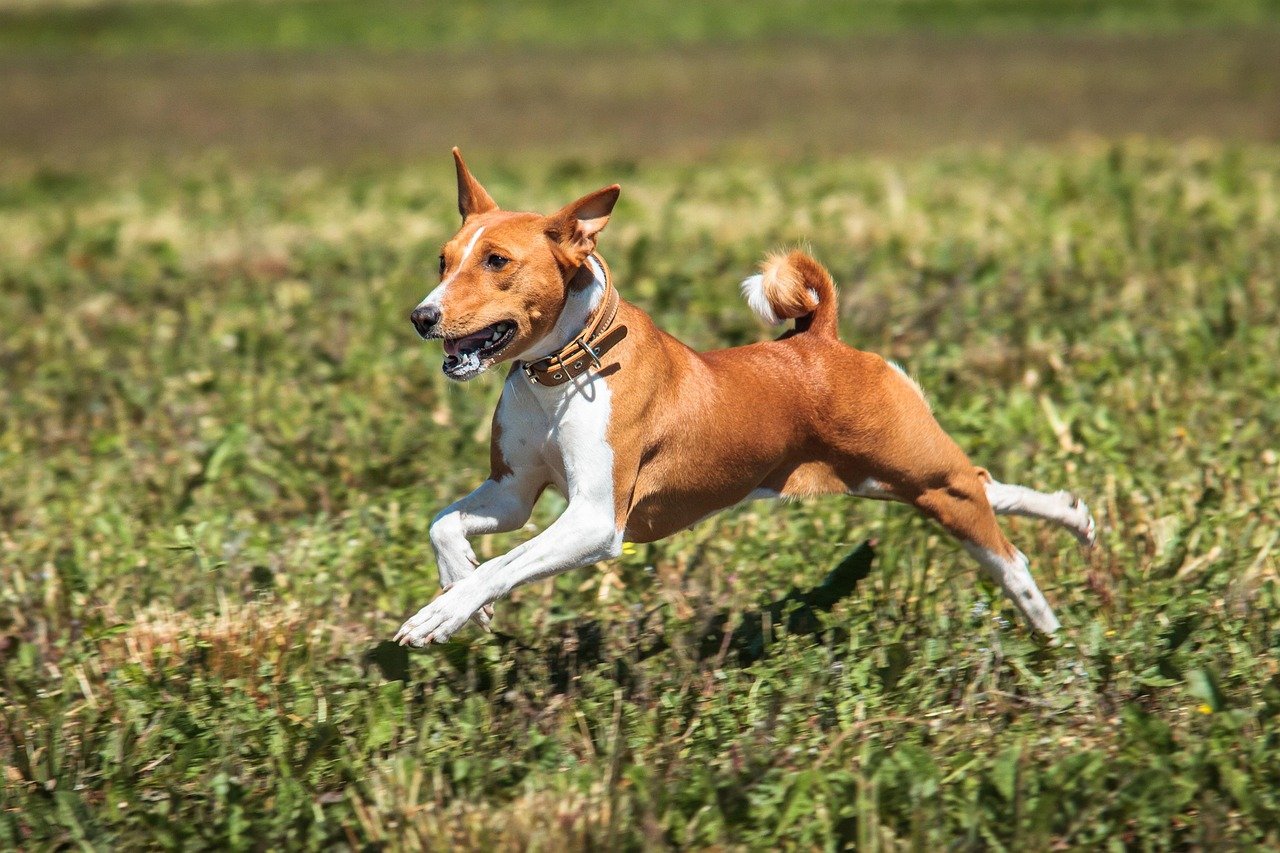
Basenjis are known for their cat-like personalities, being both independent and intelligent. This breed is notoriously difficult to train due to their stubborn nature. Don’t let their silence fool you – just because they don’t bark doesn’t mean they’re not plotting their next act of creative disobedience. These compact hunting dogs from Africa have perfected the art of looking innocent while causing maximum chaos.
They are curious and easily bored, requiring creative training techniques to keep them engaged. Their natural curiosity and playful spirit just mean you need to get creative. Basenjis approach training like a challenging puzzle game, but unfortunately, they’re usually better at solving the puzzle than you are at creating it. Their intelligence works against traditional training methods, requiring owners to think outside the box constantly.
The Jack Russell Terrier: The Energetic Tornado

These energetic terrier breeds are as clever as they are stubborn. The Jack Russell Terrier was bred to hunt small prey like foxes, so it’s no surprise they often act like they’re on their own mission. These compact bundles of energy seem to have mainlined espresso and decided that your training schedule is merely a suggestion for their already packed itinerary of mischief.
Stubborn pups like these do best with structured routines and plenty of exercise. Jack Russells view training as just another obstacle course to conquer, preferably at lightning speed while simultaneously planning their next adventure. Their terrier tenacity means they’ll persist in behaviors you’re trying to eliminate with the same determination you’re trying to train them out of it.
The Beagle: The Nose-Led Navigator
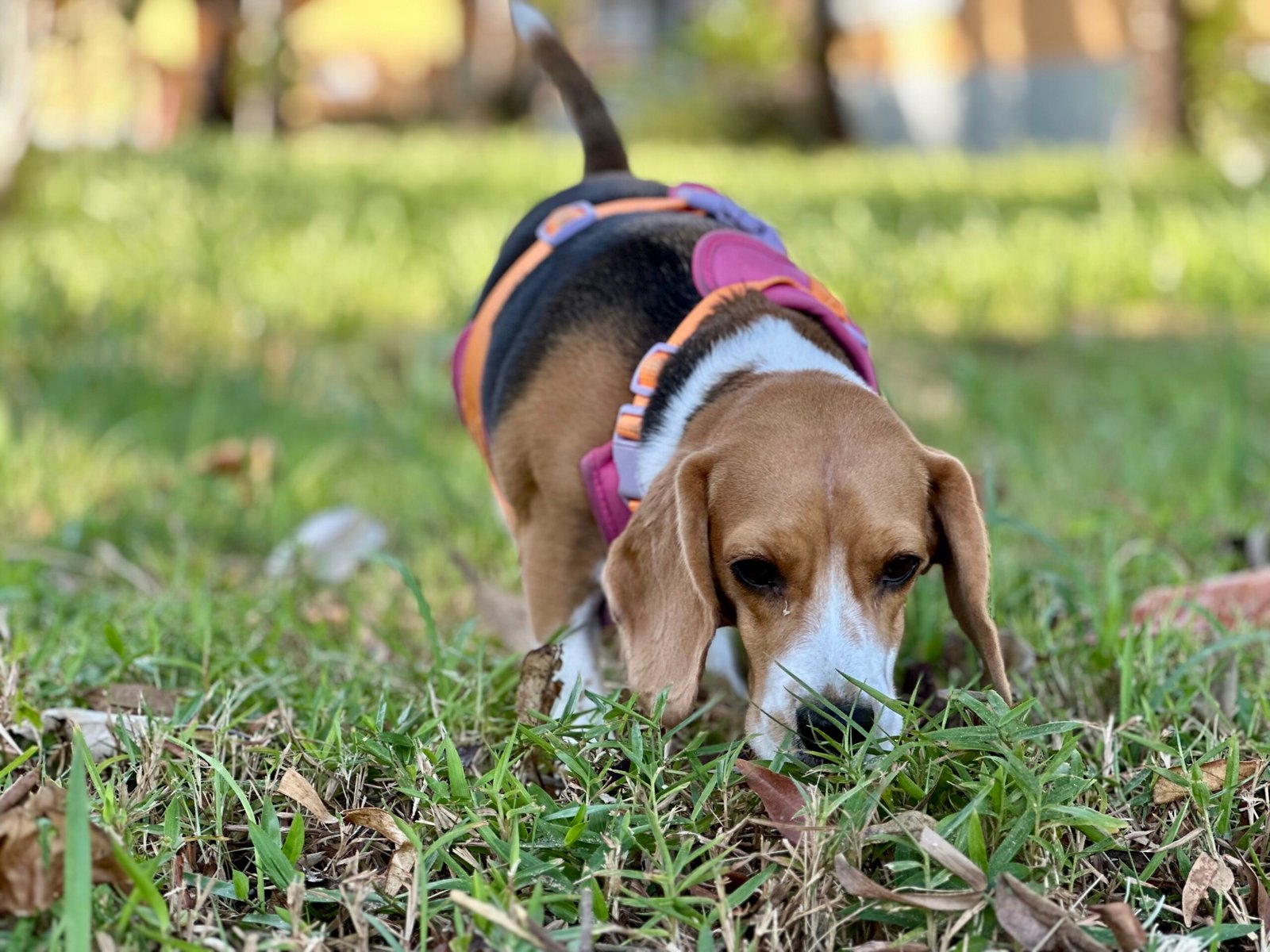
This breed’s exceptional sense of smell often leads them to be easily distracted by scents, making training a challenge. If you own a Beagle, make sure your home is spotless because they like to rummage through anything they can get their paws on. These lovable hounds with their soulful eyes and wagging tails seem designed to melt hearts, but their noses have other plans during training sessions.
Beagles can be difficult to housetrain because according to Pets4Homes, the breed doesn’t rank very highly on the canine intelligence spectrum for working ability. Pets4Homes, says: “they also tend to be excitable dogs with a short attention span that tend to get easily distracted and have a rather selective memory!” Training a Beagle is like trying to have a conversation with someone who’s constantly checking their phone – except their phone is every interesting scent in a three-mile radius.
The Rottweiler: The Gentle Giant with an Agenda
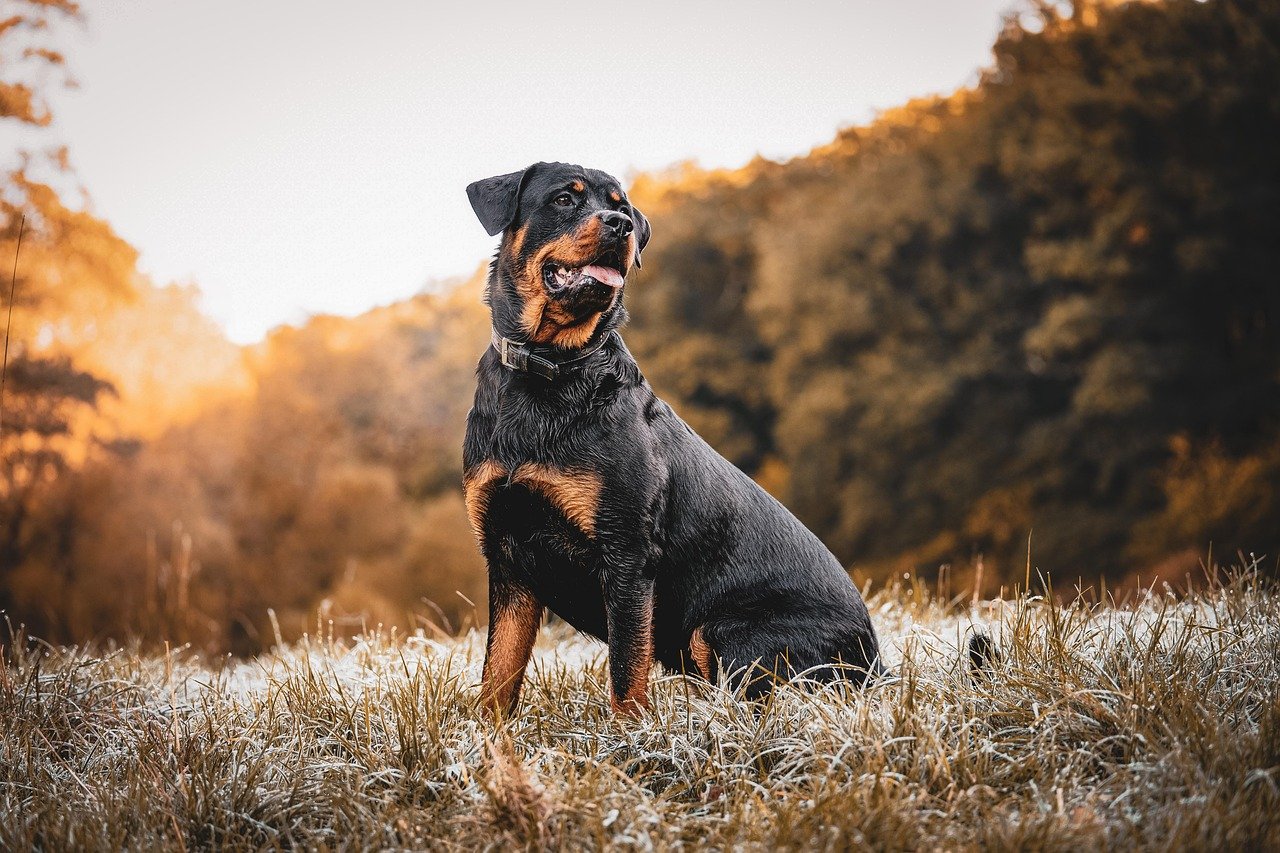
Given their loyalty and great strength, Rotties can be wonderful companions. They’re also self-confident and a protector of their inner circle. That means that if there isn’t a calm, stable, and firm ‘pack leader,’ they will assume that role. These powerful dogs combine intelligence with an independent streak that can be both admirable and exasperating during training sessions.
Rottweilers don’t just learn commands – they evaluate them, analyze your leadership credentials, and then decide whether you’re worthy of their cooperation. They’re like canine HR managers, constantly assessing your performance as their boss. Without consistent, confident leadership, they’ll politely take over the decision-making process, which isn’t ideal when you’re trying to teach them to stay off the furniture.
The Chinese Shar Pei: The Wrinkled Warrior

How could such a squishy wrinkly baby face be such a challenge? Don’t let the floppy flaps and velvet snoot fool you, Shar-Peis can be quite difficult dogs to train. These adorable wrinkled wonders might look like living stuffed animals, but beneath those layers of squishy skin lies the heart of a warrior with very strong opinions about training.
They can be easily territorial, and become aggressive with strangers when they’re not properly socialized. They’re not a beginner dog breed! Shar Peis approach training with the attitude of an ancient Chinese emperor who’s being asked to perform tricks for peasants. Their territorial nature and natural wariness mean that socialization and consistent training are absolutely crucial, but they’ll test every boundary you set with the determination of a quality control inspector.
The Borzoi: The Aristocratic Speed Demon
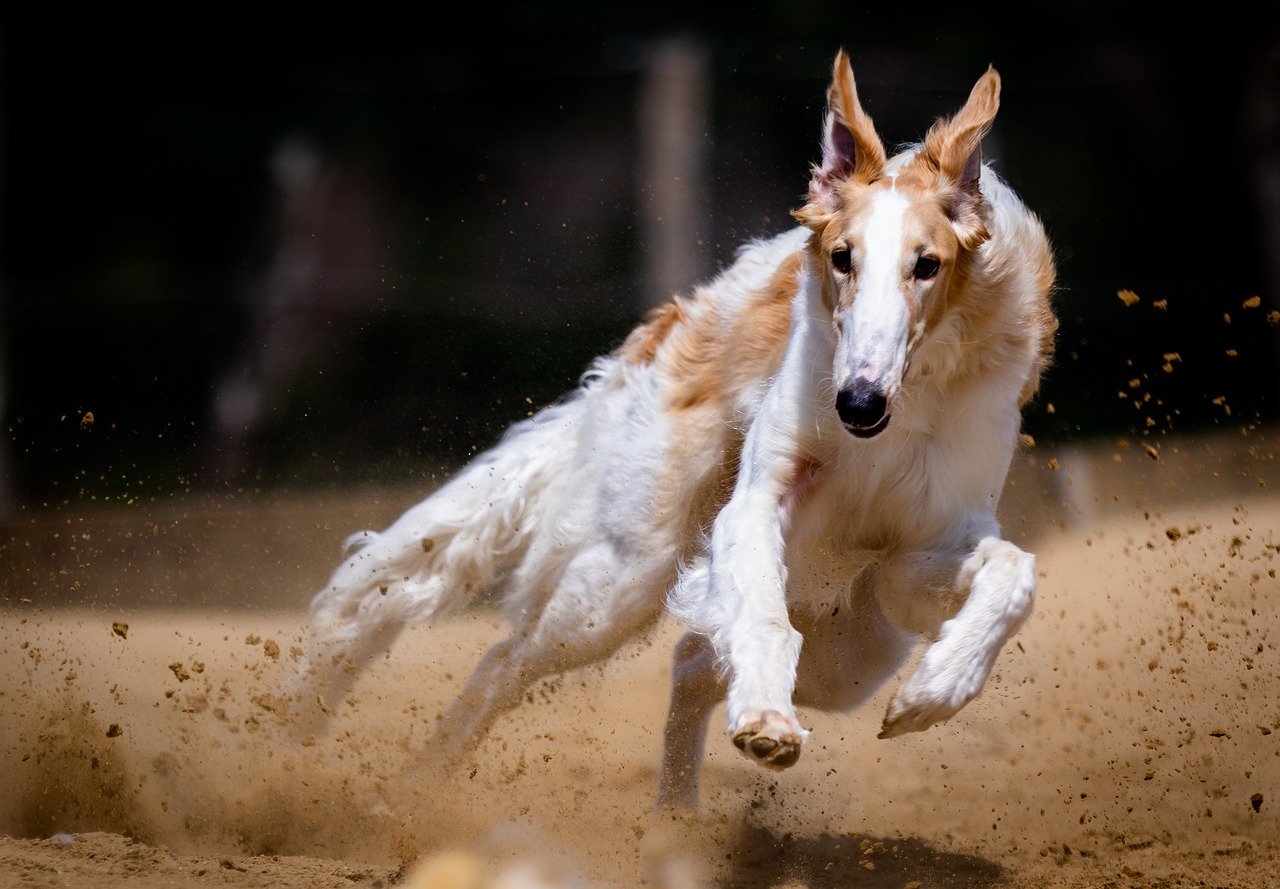
This is a smart breed, but the sometimes stubborn temperament of the Borzoi can make training a challenge. Being consistent and patient will lead to success. These elegant sighthounds move with the grace of ballet dancers and possess the independent spirit of aristocrats who’ve never had to ask permission for anything in their lives.
Because for many centuries, this beautiful breed has been bred to hunt independently from humans. They wouldn’t be able to successfully catch a speedy and agile jackrabbit if they were constantly looking back to their handler for instructions. Borzoi have to make quick calculated decisions on the fly to catch their prey. Training a Borzoi is like trying to teach a NASCAR driver to follow the speed limit in a school zone – technically possible, but it goes against everything their genetics have programmed them to do.
The Akita: The Dignified Diplomat

Akitas are intelligent, independent thinkers and strong-willed. Training them will require consistency and a confident, assertive trainer who is not intimidated by their size and physical capacity. These powerful Japanese dogs carry themselves with the dignity of samurai warriors, and they expect their training to be conducted with the same level of respect and professionalism.
This independent nature means that traditional training methods might not always yield the desired results. Instead, you’ll need to engage their minds and respect their intelligence. Akitas approach training like diplomatic negotiations between two sovereign nations. They’ll consider your proposals, evaluate the terms, and then decide whether cooperation serves their interests. The key is earning their respect rather than demanding their obedience.
The English Bulldog: The Stubborn Sweetheart

There’s no mistaking an English Bulldog. With its squat, heavily-muscled body and square-jawed head, they cut quite the imposing figure. While friendly and generally eager to please, they can be quite resolute if the mood pleases them. These wrinkled charmers might waddle instead of walk, but don’t let their leisurely pace fool you into thinking they’re pushovers during training.
The Bulldog may seem lazy, but don’t mistake that for obedience. These dogs can be willfully slow to respond. Their stubborn dog tendencies are softened by their sweet nature. English Bulldogs have mastered the art of passive resistance, moving at the speed of molasses when asked to do something they don’t particularly want to do. They’ll look at you with those soulful eyes as if to say, “I love you dearly, but I’ll get to that command when I’m good and ready.”
Conclusion: Embracing the Challenge

Training these challenging breeds isn’t about breaking their spirit or forcing compliance – it’s about building a partnership based on mutual respect and understanding. But no breed is untrainable. By working with their natural instincts rather than against them, you can foster a well-behaved companion. These dogs didn’t earn their reputations as difficult breeds because they’re unintelligent; quite the contrary, they’re often too smart for traditional training approaches.
The secret to success lies in patience, consistency, and adapting your methods to match their unique personalities. Remember that every “stubborn” moment is actually your dog showing you their intelligence and independence – traits that, when properly channeled, can create an incredible bond between you and your furry companion. These breeds may test your limits, exhaust your patience, and humble your ego, but they’ll also teach you more about yourself and the art of communication than you ever imagined possible.
So the next time your independent-minded pup decides that “sit” is merely a suggestion and “stay” is open for negotiation, take a deep breath and remember: you’re not training a robot – you’re building a relationship with a thinking, feeling creature who just happens to have very strong opinions about how life should be lived. What did you expect when you chose such a brilliantly complex companion?






